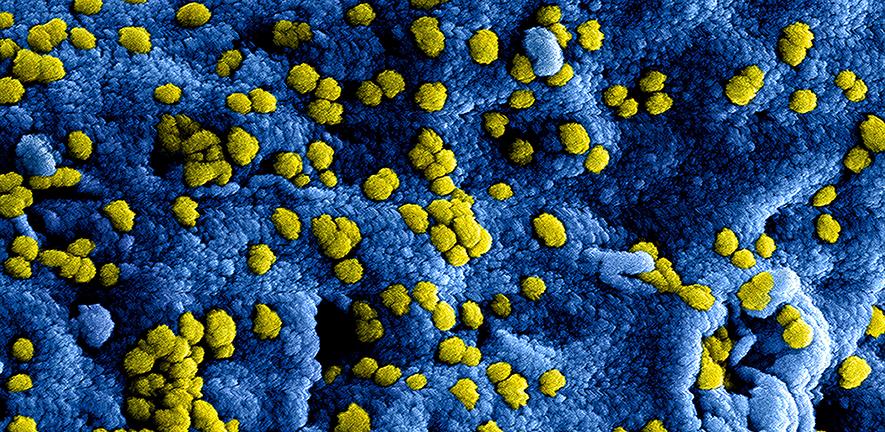
A new multinational study has shown how the process of distinguishing viruses and bacteria could be accelerated through the use of computational methods.
A new multinational study has shown how the process of distinguishing viruses and bacteria could be accelerated through the use of computational methods.
The researchers, led by the University of Edinburgh, with colleagues from Cambridge, London, Slovenia and China, used a combination of theoretical and experimental methods to develop a strategy to detect the DNA of infectious diseases. The results are reported in the Proceedings of the National Academy of Sciences.
The current coronavirus pandemic highlights the need for fast and accurate detection of infectious diseases. Importantly, viral infections like coronavirus and bacterial infections like those associated with antimicrobial resistance (AMR) need to be distinguished. This is usually done by using a complementary sequence that binds selectively to the genome of interest. Normally, this is done by targeting a single, long DNA sequence that is unique to the pathogen.
However, the researchers believe that much higher selectivities can be achieved by simultaneously targeting many shorter sequences that occur with a higher frequency in the pathogen of interest than in the DNA of other organisms that may be present in the patient samples.
"This approach exploits a phenomenon called ‘multivalency’, and the extensive numerical calculations, based on real bacterial and viral DNA sequences show that this approach should significantly outperform current approaches," said co-author Professor Erika Eiser from Cambridge’s Cavendish Laboratory. "Even though the individual shorter sequences bind more weakly to the target DNA than a single, longer sequences, the strength of the multivalent binding increases much faster than linearly with the number of short sequences."
In other words, instead of designing molecular probes that bind strongly to one place on the target DNA, researchers should, counterintuitively, design probes that bind weakly all over the target DNA. Making such relatively short probe sequences is, at present, a standard procedure and the sequences can be ordered online.
The experimental part of the project started with experiments in Cambridge, showing that the method can work in principle on a mixture of viral DNA and colloids coated with short complementary strands. Then the simulations took over to predict what combination of probe sequences would give the highest selectivity.
This part of the project has so far only been tested in computer models. The next step is to carry out experiments on real mixtures of viral and bacterial DNA.
"Experiments are needed to test how well this works in practice – but it is exciting work, given the urgent need for fast, reliable disease detection methods, especially those that can be applied in countries with a weak health infrastructure," said Professor Rosalind Allen from the University of Edinburgh, who led the research.
This work was performed before the COVID-19 pandemic. However, the current emergency illustrates the need for robust and highly selective methods to quickly identify specific viruses – particularly in ‘low-tech’ environments.
The research was funded in part by the Royal Society and the European Research Council.
Reference:
Tine Curk et al. ‘Computational design of probes to detect bacterial genomes by multivalent binding.’ PNAS (2020). DOI: 10.1073/pnas.1918274117
Adapted from a University of Edinburgh press release.
How you can support Cambridge's COVID-19 research effort
Donate to support COVID-19 research at Cambridge

The text in this work is licensed under a Creative Commons Attribution 4.0 International License. Images, including our videos, are Copyright ©University of Cambridge and licensors/contributors as identified. All rights reserved. We make our image and video content available in a number of ways – as here, on our main website under its Terms and conditions, and on a range of channels including social media that permit your use and sharing of our content under their respective Terms.




